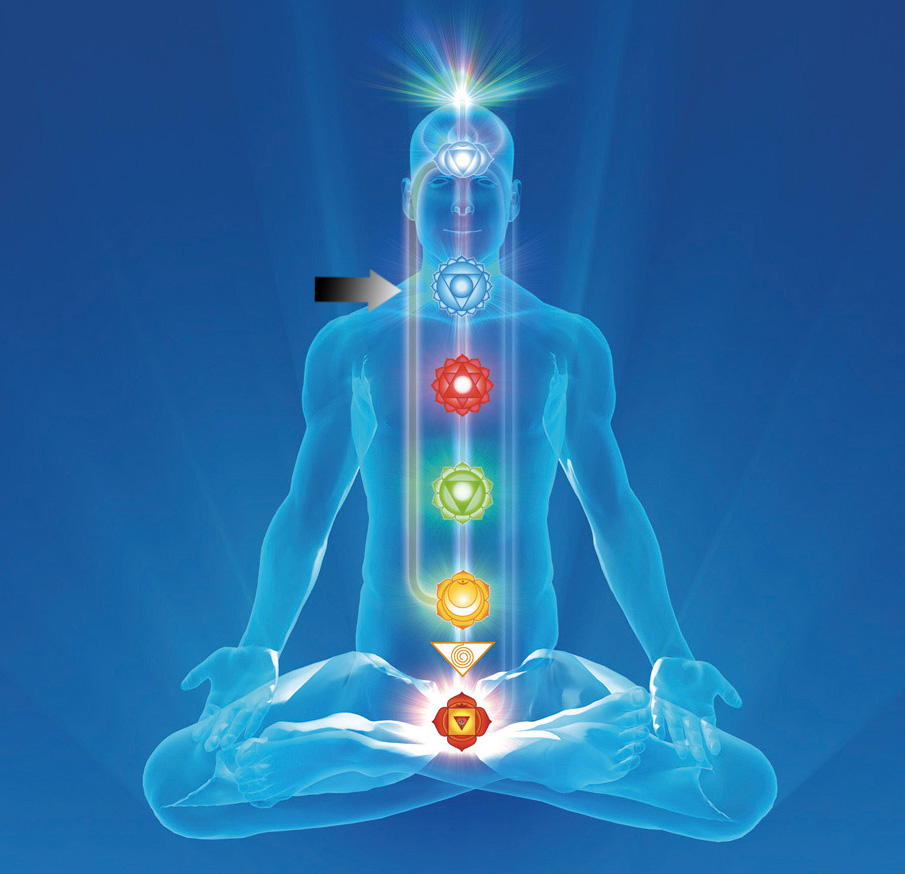According to the Sutras of Patanjali, the causes of suffering are the kleshas and https://www.julianalucky.com/story. The word “kleshas” translated means “suffering”. According to Patanjali, there are five kleshas. One of the kleshas is raga. In Sanskrit, “raga” means “passion. The literal translation of the word “raga” is “coloring.” And in the literal translation of the concept of a kleshas like raga lies its whole essence.
The mind, freed from the influence of the kleshas, ceases to generate vritti – the fluctuations or vibrations inherent in the mind. It is these vritti that color neutral objects into different colors and divide them into pleasant and unpleasant. In the process of projecting the vibrations of the mind onto objective reality, there is an attachment to the pleasant and an aversion to the unpleasant. When external objects and phenomena are clothed in images that are pleasing to man, there are such kleshas as raga. Patanjali writes about what raga is in the seventh sutra of the second chapter. In Svensson’s translation of this chapter, raga is defined as “attraction to that which brings pleasure.”
The perception of something as pleasant and bringing subjective pleasure is conditioned by previously accumulated karma. Karmic imprints in the mind, or samskaras as Patanjali calls them, create a predisposition to perceive certain objectively neutral phenomena as pleasurable. For example, any addiction, chemical or otherwise, is a type of samskara created by past actions or impressions. The variety of addictions and attachments of living beings is incredible. That to which one person is attached does not arouse feelings or attraction in another. This is because each person has accumulated his or her own karma and each person has his or her own samskara, which creates attraction to the objects of attachment.
Thus, the samskara in the mind of a living being enables the attraction to receive pleasure in a certain way. In the process of deriving pleasure from the repetition of an activity, a raga, an attachment to an object of pleasure, is formed. In the translation of the same seventh sutra in the version by E. Ostrovskaya and V. Rudogo describes the essence of raga as follows: “Attraction is inseparable from pleasure. Only when a living being, or rather the mind of a living being, feels pleasure in a certain object or action, does it form such a kleshas as a raga.
What are the dangers of raga?
First, the satisfaction of the craving for sensual pleasures is not possible to the fullest extent. This is because the sense organs with which sense pleasures can be experienced are limited in their perception, whereas the thirst for sense pleasures is infinite. This leads to dissonance and, as a result, suffering.
Second, the desire for sensual pleasures and the attempt to satisfy them leads to the formation of vasana. It can be said that vasana is a kind of habit that can remain relevant for many lifetimes and determines the vector of a living being’s development/decay. Vasana is an underlying tendency of the mind that unconsciously compels a living being to repeat the same actions or algorithms for one or more lifetimes. And the raga has the effect of constantly satisfying the passion, thereby aggravating the vasanas, as if “cutting” them deeper and deeper into the mind. And the longer the same activity is repeated, the greater the tendency to commit that activity in the future, and the more difficult it will be to stop that activity, even if one becomes aware that this or that vasana is harmful.
Raga, then, is a kleshas that leads to the accumulation of the karma of pursuing sensual pleasures. In addition, in the process of gratifying one’s passions, one can also accumulate other types of negative karma, for example, through immoral actions toward other sentient beings for one’s own benefit and pleasure. When one becomes more conscious, raga leads to fixation of the mind on the gratification of sense pleasures. As a result, there is the accumulation of new karma, new incarnations, and the realization of that karma in new incarnations.
How do you eliminate a kleshas like raga? As mentioned earlier, it is the vritti – the fluctuations of the mind – that lead to the creation of kleshas. Patanjali writes in chapter 12 sutra one about how to eliminate vritti. According to Patanjali, vritti can be eliminated through vairagya and abhyasa. That is, through renunciation and practice. By renunciation we mean self-restraint in relation to the pursuit of sensual pleasures, and by practice we mean meditation. And both aspects are important in gaining control over one’s mind. The practice of meditation alone, without self-restraint, will only lead to further accumulation of karma and strengthening of vasanas. And self-restraint alone, without working on the mind, will not effectively overcome the passions, for the vritti will continue to influence the mind and force one to realize vasana. Raga, like the other four kleshas, is a product of avidya – ignorance.
